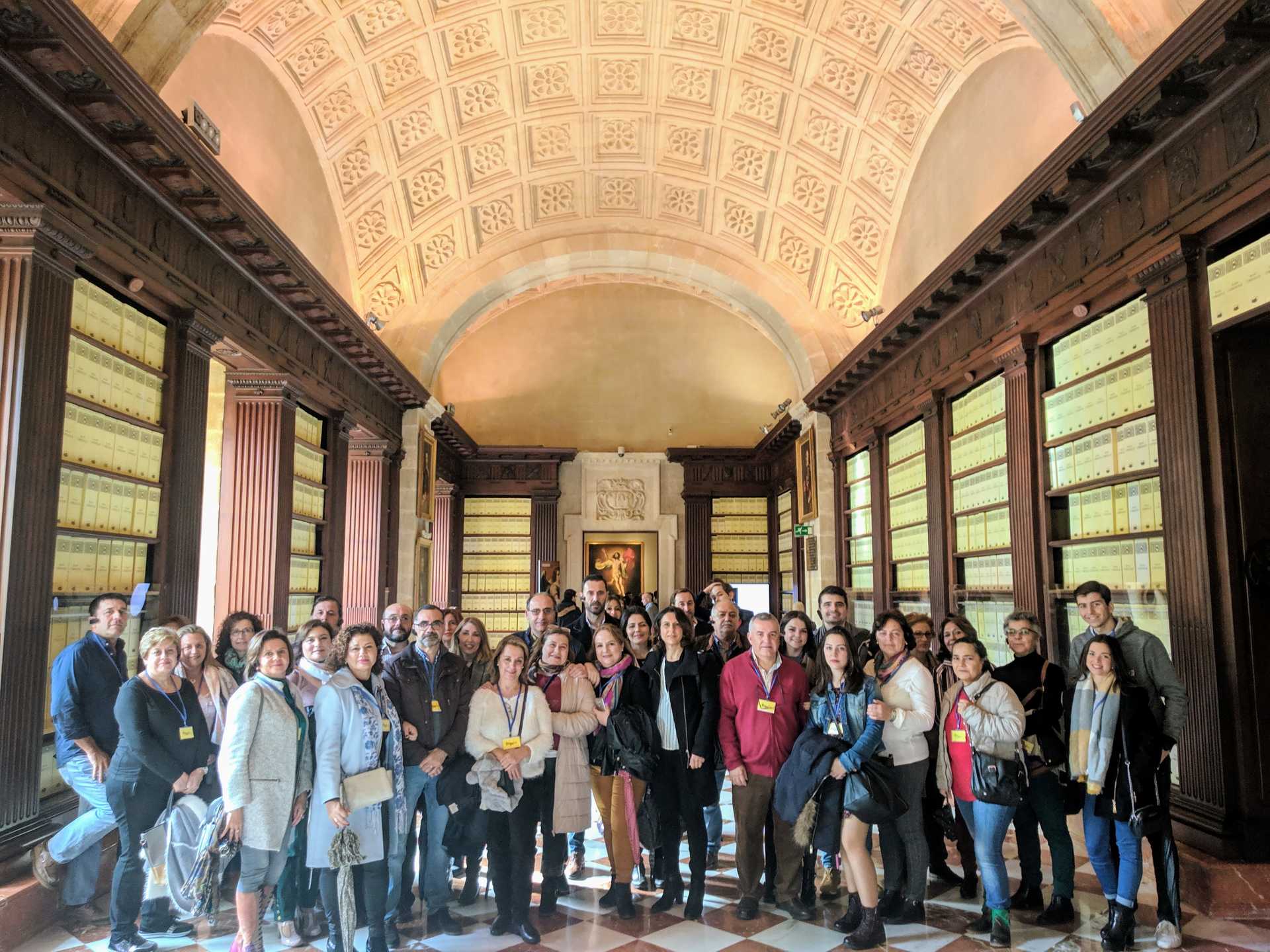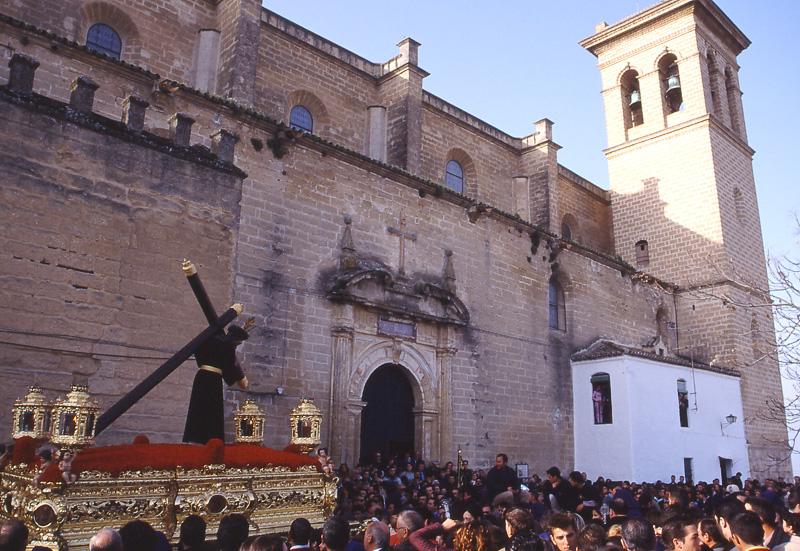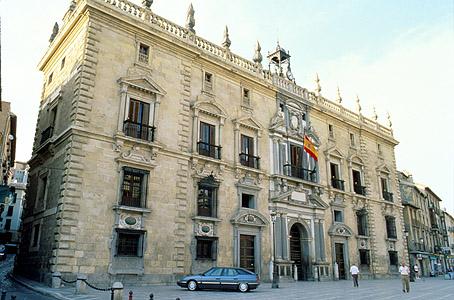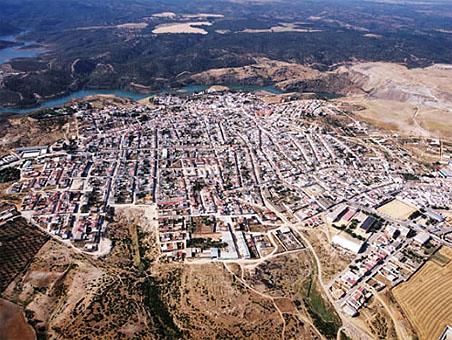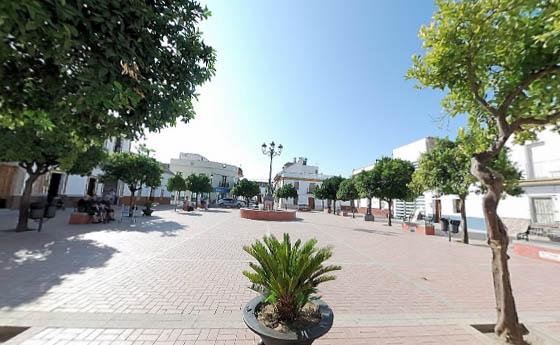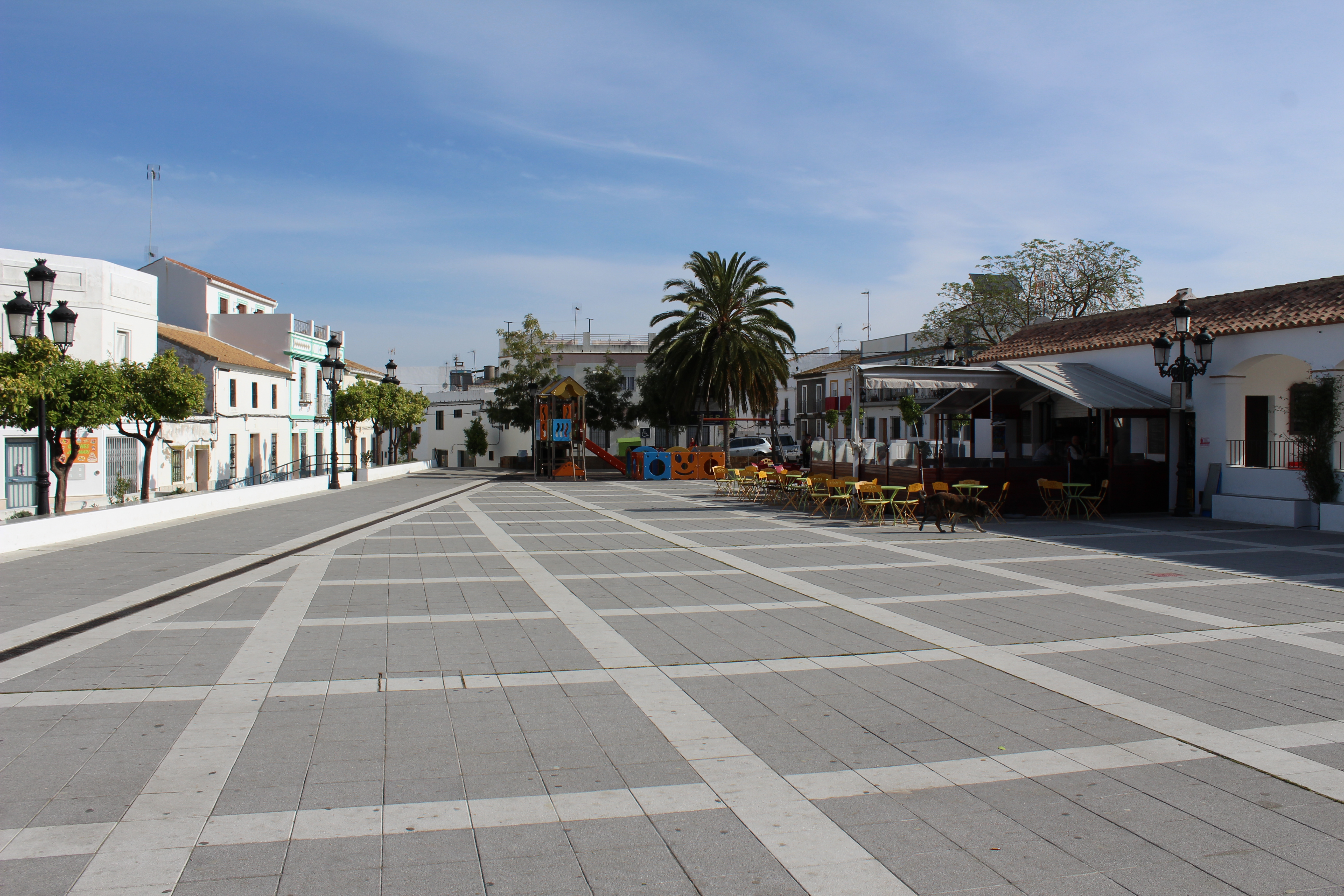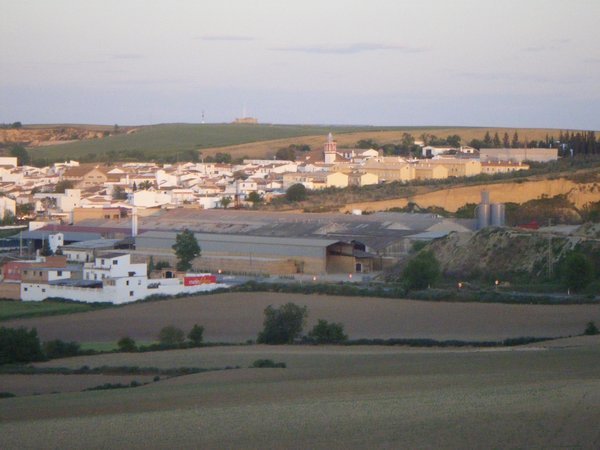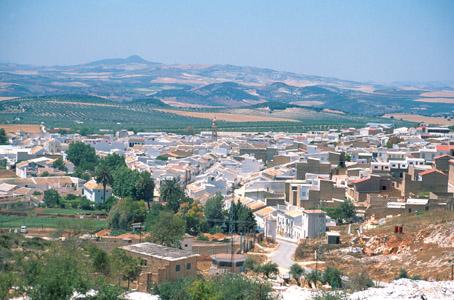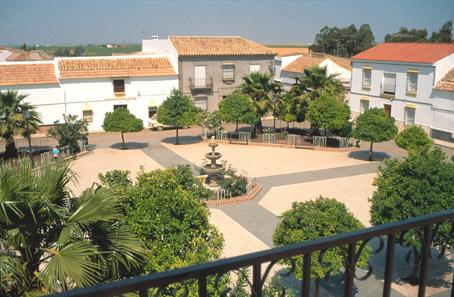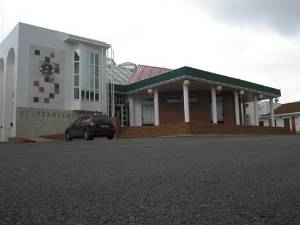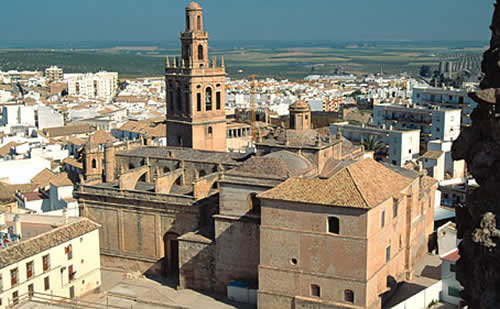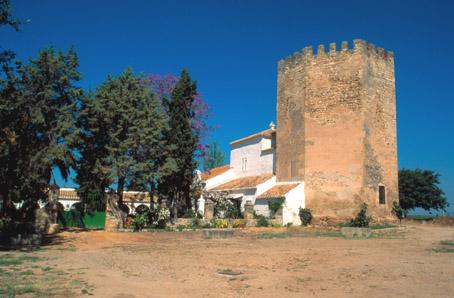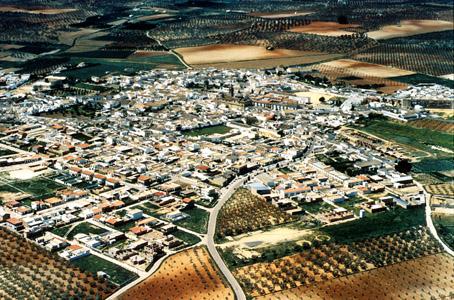Sevilla

The Guadalquivir river –the ancient Betis– flows between the foothills of the Sierra Morena to the north and the Sierra Sur mountains in the south, irrigating a rich and fertile valley. In its lower course, 70 kilometres from the sea, is the ancient city of Seville, the capital of the Autonomous Region of Andalusia and of the largest and most densely populated province in Andalusia.
The towns and cities on the shores of the river are living testimony to its historic and cultural past. Seville, the emblematic city of universal renown, has been Arab, Jewish and Roman, and its river and its river port have served as a privileged destination for trade with the West Indies. Its art and folklore make this an exceptional tourist destination.
Location
It is the capital of Andalusia, and the largest province in the Autonomous Region. It borders the provinces of Malaga and Cadiz to the south, Huelva to the west, Badajoz to the north, and Cordoba to the east.
The capital city is Seville.
History
The origin of the city of Seville dates from around the first millennium BC, coinciding with its settlement by the Phoenicians and the Tartessians. Its location at the confluence of river and land routes favoured the rapid economic growth of the valley and the surrounding lands.
The settlement of Julia Romula Hispalis, founded by Julius Caesar, was the hub of spectacular commercial activity. Major settlements were established throughout the territory, whose buildings and monuments can still be seen in the present day. The Arabs left an indelible mark on the culture and monuments of these lands. In the 16th century, Seville experienced its period of maximum splendour. The port of Seville received goods from all over Europe, as well as precious metals from the New World, which contributed to the development of western Europe. The Enlightenment saw a revival of trade, agriculture and industry. The Universal Exhibition of 1992 promoted and enhanced even more the reputation of Seville.
Landscape
The province of Seville is a mosaic of cultures whose roots are buried in the remote past. The great river basin of the Guadalquivir, the Sierra Morena mountains and the marshes of the Doñana Nature Reserve offer visitors a scenic map of extensive wetlands, and a sanctuary for a variety of birdlife; you can explore mountain paths among lush Mediterranean vegetation, contemplate the fighting bulls grazing in pastures dotted with ancient holm oaks, or lose yourself in gently sloping lands with inviting villages and monumental cities which are living testimony to a historic past of unparalleled splendour.

- Max 27
- Min 17
- Max 80
- Min 62
- °C
- °F
What municipality do you want to visit?
Events






News
Offers available in the province



